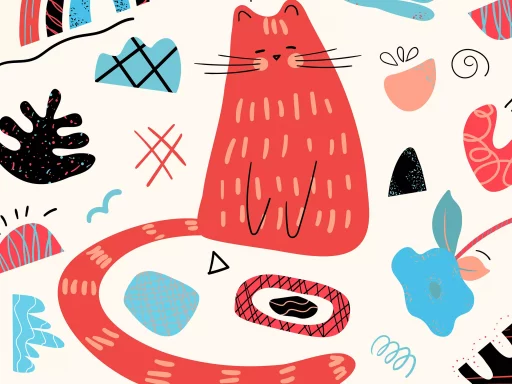Introduction to Swirling
In the ever-evolving landscape of modern language, slang often emerges as a vibrant reflection of cultural shifts and social dynamics. One such term that has gained traction in recent years is ‘swirling.’. At its essence, swirling refers to interracial dating, particularly between Black women and men of other races. Though it may seem like a straightforward concept, the term carries nuanced implications that speak volumes about societal perceptions, identity, and love.
The Origins of Swirling
The term ‘swirling’ gained popularity around the 2000s, primarily within online discussions focusing on dating and relationships. It serves as a counter-narrative to the historical associations surrounding interracial relationships in the United States, where many couples faced societal backlash. The Urban Dictionary entry for swirling elegantly encapsulates this notion, highlighting the defiance of traditional racial boundaries in the quest for love.
The Cultural Significance of Swirling
Swirling symbolizes more than just romantic relationships; it acts as a manifestation of a broader progressive cultural landscape. As society becomes more integrated and multicultural, the acceptance of interracial relationships marks a significant shift in attitudes. In Polly’s study published in the Journal of Social Issues (2019), researchers found that:
- Over 15% of newlyweds in the U.S. were married to someone of a different race in 2015, an increase from 3% in 1967.
- Black women are increasingly choosing partners across racial lines, with a 4% rise between 2008 and 2017.
This shift not only emphasizes love across racial lines but also reveals changing ideologies about identity and community.
Case Studies: Swirling in Real Life
To illustrate the concept of swirling further, we can look at two notable individual stories:
- Case Study 1: Michelle and her Asian-American Partner
Michelle, a Black woman from Chicago, describes her experience dating an Asian-American man in her personal blog. She notes that while they initially encountered skepticism from peers, their relationship blossomed into a supportive partnership. They enjoyed cultural exchanges that enriched their experiences and understanding of each other. - Case Study 2: Jamal and a Hispanic Woman
Jamal, a Black man in his thirties, recounted his journey to find love through swirling in an interview with a local magazine. He faced challenges, including occasional racial bias, yet he emphasized how communication and empathy within his relationship helped them navigate societal pressures.
Statistics Behind Swirling
Delving deeper into the statistics, a survey conducted by the Pew Research Center revealed that:
- About 43% of Americans know someone in an interracial relationship.
- 56% of adults believe that these relationships are becoming more accepted in society.
These statistics illustrate not only the increasing acceptance of swirling but also the potential for positive changes in societal attitudes over time.
The Role of Media in Promoting Swirling
The portrayal of swirling in media has played a pivotal role in shaping public perception. Television shows and films, like ‘Insecure’ and ‘The Photograph,’ often highlight interracial romances, depicting the complexity and richness of such relationships. These platforms help normalize swirling, making it relatable and aspirational for audiences.
Challenges Faced in Swirling Relationships
Despite progress, swirling relationships can come with their challenges, including:
- Cultural Differences: Navigating differing cultural backgrounds can sometimes lead to misunderstandings.
- Family Dynamics: Families may not always accept interracial relationships, leading to further complications.
- Societal Pressure: Judgments and stereotypes from society may still exist and impact couples.
Nevertheless, many couples report that these challenges can actually strengthen their relationships when handled with open communication and love.
Conclusion
In conclusion, swirling is more than just a trend; it’s a reflection of a changing society where love transcends traditional racial boundaries. As acceptance continues to grow, the nuances of swirling will undoubtedly evolve, further enriching the landscape of modern relationships. By understanding and embracing terms like swirling, we not only honor the intricacies of human connection but also celebrate the diversity that makes our society vibrant.






